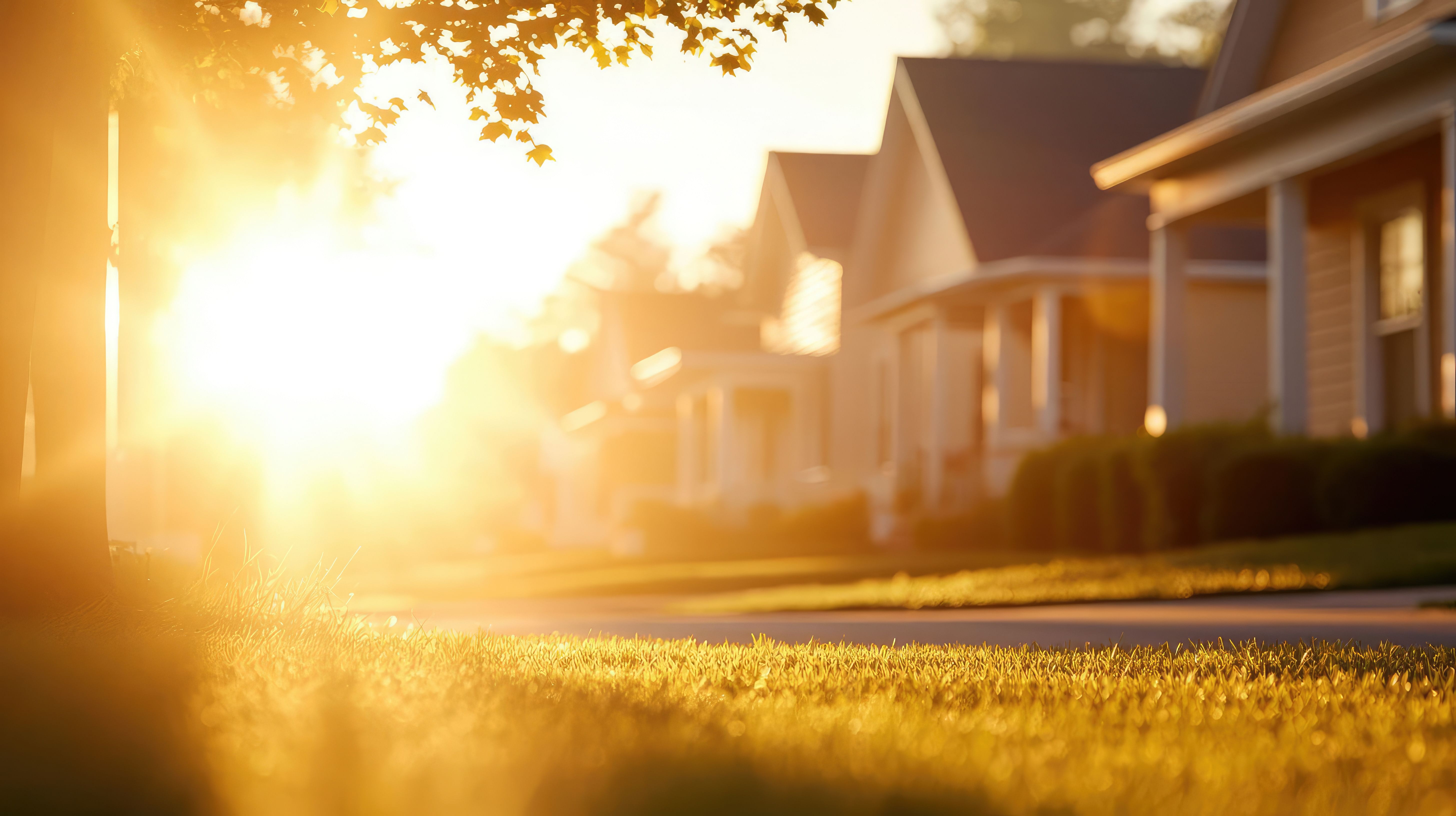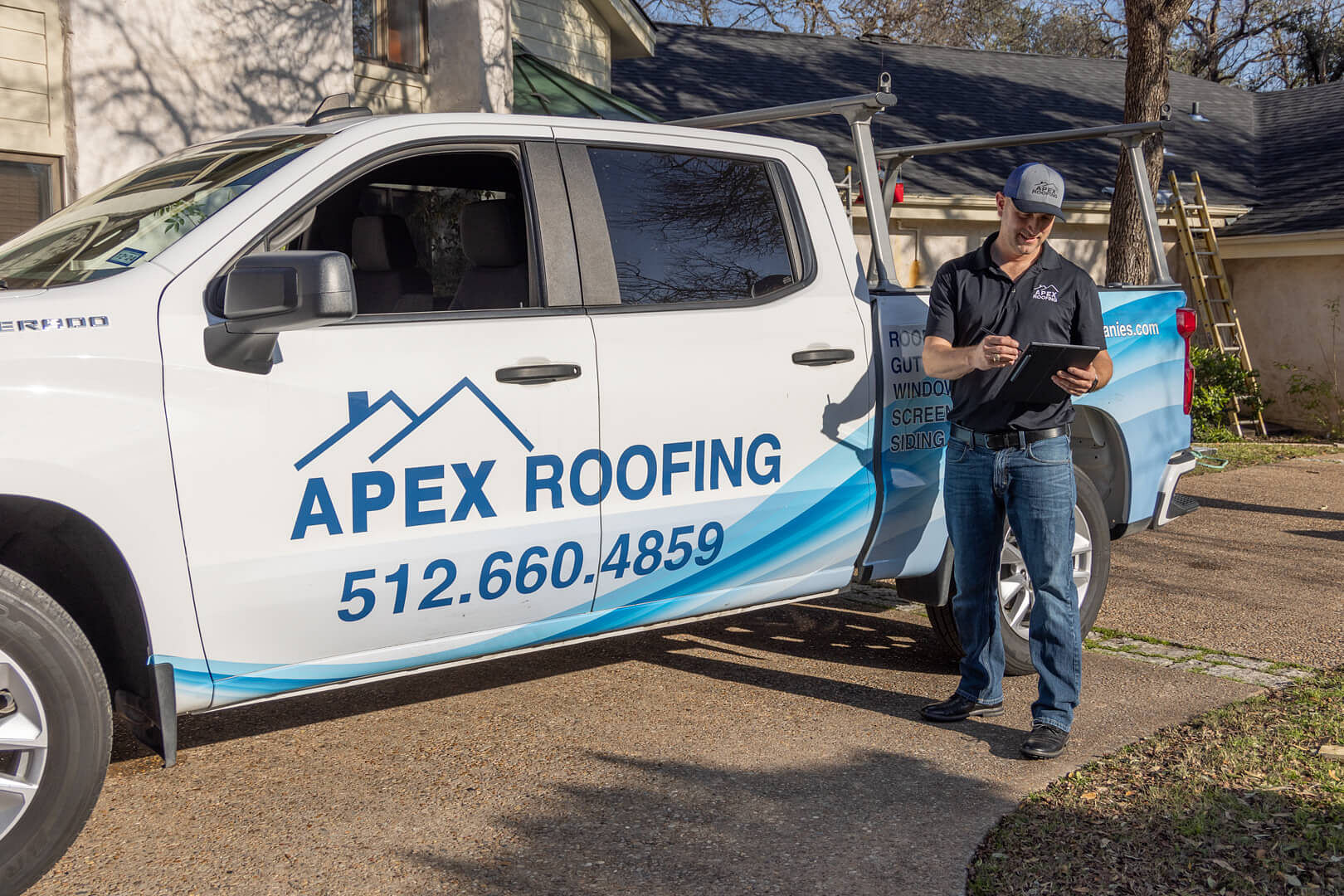Free Roof Quote – Call us today: 512-812-8454
How Roof Coatings Help Austin Building Owners Beat the Heat
How Roof Coatings Help Austin Building Owners Beat the Heat
In Austin, Texas, the summer heat is no joke. With temperatures often soaring well above 100 degrees, building owners are constantly looking for ways to keep indoor spaces cooler without overworking their HVAC systems or breaking the bank. One of the most effective and often overlooked ways to combat the extreme Texas heat is by applying a quality roof coating. These coatings can transform a roof from a heat-absorbing liability into a reflective, energy-saving asset.
What Are Roof Coatings?
Roof coatings are fluid-applied membranes that adhere to the surface of a roof to create a protective barrier. Once applied and cured, these coatings form a seamless layer that deflects sunlight, repels water, and reduces heat absorption. Unlike roof paint, which simply adds color, roof coatings are designed for performance. They offer benefits such as UV protection, waterproofing, thermal resistance, and even minor leak repair in some cases.
How Heat Affects Buildings in Austin
Before diving into how roof coatings help, it’s important to understand the toll that heat takes on buildings in Austin. During peak summer months, roof surfaces can reach temperatures of 150 to 180 degrees Fahrenheit. This heat radiates downward, increasing indoor temperatures and forcing air conditioners to work harder to maintain comfort. Prolonged exposure to this kind of heat can also weaken roofing materials, cause cracks in membranes, and accelerate wear and tear.
For commercial buildings, the problem is even worse. Flat or low-slope roofs with black or dark surfaces act like frying pans under the sun, trapping heat that contributes to what’s known as the “urban heat island effect.” This phenomenon makes cities like Austin hotter than surrounding rural areas. A building's roof is often the first line of defense against this excessive heat.
How Roof Coatings Keep Buildings Cooler
Here’s where roof coatings come in. A properly applied reflective coating can reduce the surface temperature of a roof by up to 50 degrees Fahrenheit. This is made possible through two key features:
1) Solar Reflectance
Solar reflectance refers to the ability of a material to reflect sunlight. White or light-colored roof coatings are highly reflective, meaning they bounce back a large percentage of solar radiation instead of absorbing it. This keeps the roof cooler and significantly reduces the amount of heat that gets transferred into the building.
2) Thermal Emittance
Thermal emittance is the ability of a surface to release absorbed heat. Roof coatings with high thermal emittance cool off faster after the sun sets, helping to lower nighttime temperatures inside the building. This reduces strain on HVAC systems and maintains a more stable indoor environment.
Together, these two properties create what is often called a “cool roof.” For building owners in Austin, this can mean a noticeable reduction in utility bills, especially during the scorching summer months.
Types of Roof Coatings Used in Austin
Not all roof coatings are the same. The type of coating best suited for your building will depend on the roofing material, slope, and local climate conditions. Here are the most common types of roof coatings used by building owners in Austin:
Acrylic Roof Coatings
Acrylic coatings are water-based and known for their excellent reflectivity and ease of application. They are ideal for reflecting UV rays and are often used on flat or low-slope roofs. Acrylic coatings are budget-friendly and have strong performance in Austin’s climate, although they may not hold up as well under ponding water.
Silicone Roof Coatings
Silicone coatings are popular for their ability to resist water and endure extreme temperatures. They are a great option for roofs that experience standing water or heavy rainfall. In Austin’s humid summers and sporadic storms, silicone coatings offer reliable protection along with good UV reflectivity.
Polyurethane Roof Coatings
These coatings are known for their strength and impact resistance. They perform well in high-traffic areas or where roofs experience frequent foot traffic. While not as reflective as acrylic or silicone, polyurethane coatings are more durable in tough environments.
Asphalt-Based Coatings
These coatings are made with asphalt and usually combined with aluminum or other reflective agents. While more traditional, they are heavier and less common in modern energy-saving applications.
Benefits of Roof Coatings in the Austin Area
Whether you're managing a retail space, office building, warehouse, or a residential property, the advantages of applying a roof coating in Austin are hard to ignore.
1) Lower Energy Bills
By reducing the temperature of your roof, a reflective coating can cut down the need for air conditioning. Studies show that cool roofs can lower energy use for cooling by up to 30 percent during peak demand periods. In a city like Austin where AC is practically a year-round need, this can lead to significant cost savings.
2) Improved Indoor Comfort
Lower roof temperatures translate to cooler indoor environments. Tenants, employees, and homeowners alike will notice a more comfortable atmosphere without the AC needing to run constantly.
3) Extended Roof Lifespan
Heat is one of the biggest enemies of roofing materials. Constant expansion and contraction caused by temperature changes can lead to cracks, leaks, and early degradation. Roof coatings protect against UV radiation and thermal stress, extending the life of your existing roof by years.
4) Environmentally Friendly
Using less electricity means lower carbon emissions. Cool roofs reduce energy consumption and help combat the urban heat island effect, which contributes to smog formation and higher city temperatures. In Austin, where green building practices are increasingly valued, roof coatings offer an eco-friendly solution.
5) Tax and Rebate Opportunities
Some roof coatings may qualify for rebates or incentives under local energy programs. The federal government and certain Texas utility providers also offer incentives for cool roof systems that meet energy-saving standards.
When to Apply a Roof Coating
Timing is key when planning a roof coating project. Ideally, roof coatings should be applied during dry, moderate weather conditions. In Austin, spring and early fall tend to be the best times for this type of work. Roofs should be clean, dry, and free of any major damage before application. If a roof is already leaking or structurally compromised, repairs must be made before coating begins.
A professional inspection is highly recommended before moving forward with a coating project. An experienced roofing contractor can assess the condition of your roof and recommend the right type of coating for your needs.
Why Austin Building Owners Trust APEX Roofing
At APEX Roofing, we understand how intense the Texas heat can be. Our team has worked with countless commercial and residential clients throughout the Austin area, helping them extend the life of their roofs while saving on energy costs. Our high-quality roof coatings are applied by trained professionals who take every detail into account, from weather conditions to roofing materials.
We don’t take shortcuts. Every roof we coat is prepared thoroughly and inspected before and after application to ensure the best possible results. Whether you own a large commercial property or a smaller residential building, we’ll help you find a coating solution that delivers lasting value.
Get the Best Roof Coatings
Roof coatings are a smart, cost-effective way to protect your building from the intense heat of Austin summers. They help reflect sunlight, lower rooftop temperatures, reduce cooling costs, and extend the life of your roof. Whether you're looking to save on utilities, reduce maintenance needs, or invest in a more energy-efficient property, roof coatings offer a strong return on investment.
If you're ready to shield your building from the Texas sun and keep your indoor spaces cooler, trust the professionals at APEX Roofing. Our team is here to help you find the best coating option for your building and apply it with expert care.
Contact APEX Roofing today to schedule an inspection and learn more about how our roof coating services can help you beat the heat in Austin, Texas.

